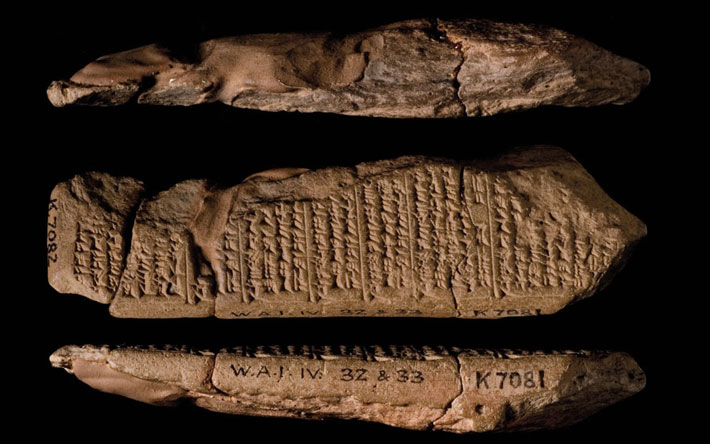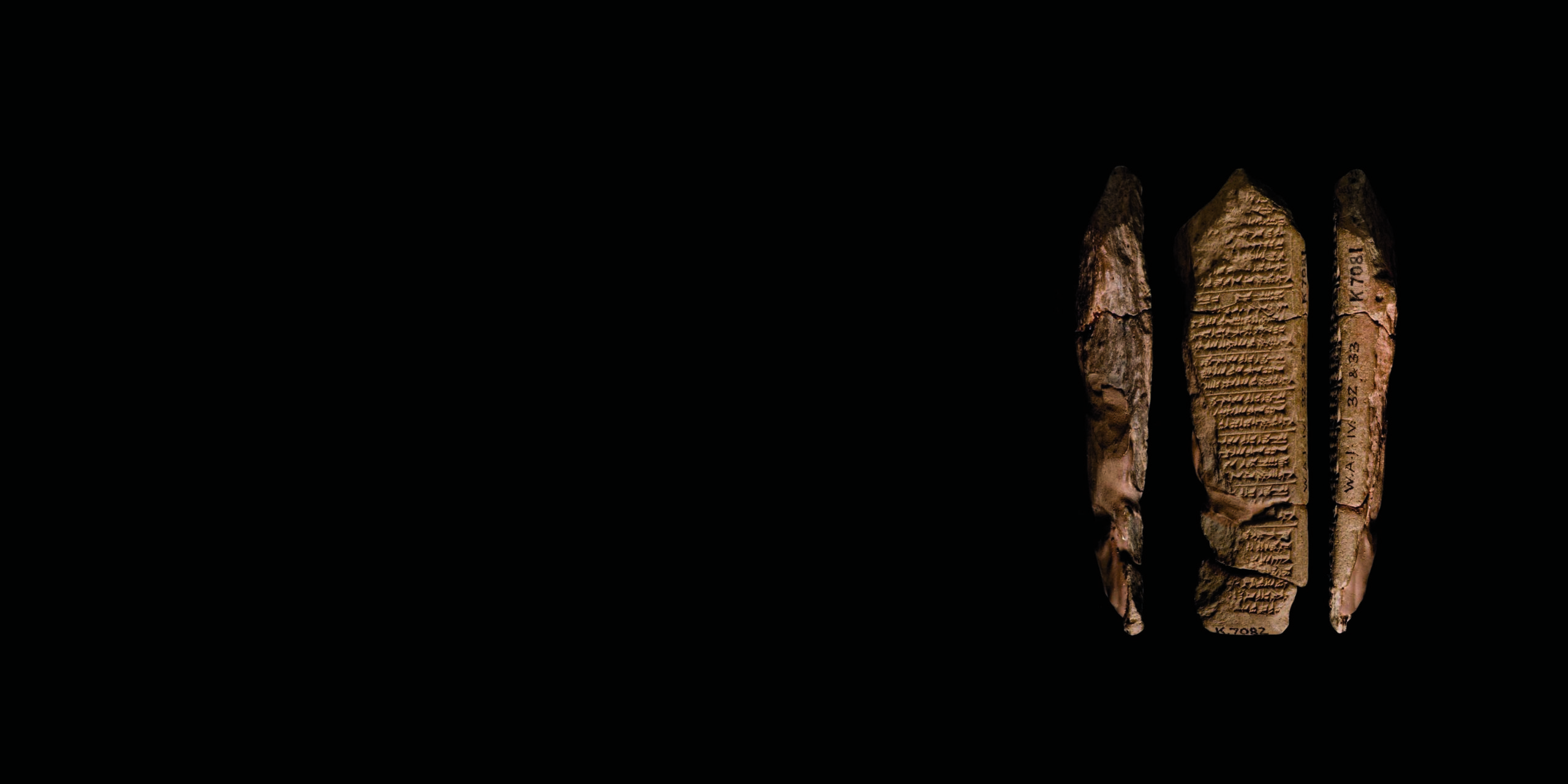
Ancient Mesopotamians believed that if they followed a proper set of instructions, they would have dreams that included contact with the gods. Assyriologist Aino Hätinen of Ludwig Maximilian University of Munich has studied a set of cuneiform tablets featuring guidelines for conjuring this sort of dream. The earliest of the tablets dates to around 1100 to 800 B.C., and the instructions are referenced in tablets dating to as late as the first century B.C. Often written by royal advisers, scholars, and scribes considered experts in omen literature, the texts were discovered in the ancient cities of Nineveh, Assur, Uruk, Sippar, and Babylon, in what is now Iraq. Hätinen has found that the texts offer counsel that varies based on the 12 lunar months of the year. “Usually it’s centered around a meal—the things you should eat, the clothes you should wear,” she says. “It also includes instructions about mood, whether to have sex, or where to sleep.”
One text offers this advice: “A man should smear himself (with dirt), he should anoint himself with oil. He should stay gloomily silent.…He should sleep in a passage.” Following this sort of guidance, the writers claim, will invoke auspicious visions enabling people to commune with a range of gods—whether personal deities, malevolent divinities, or gods of the netherworld. People could even tailor their behavior to gain an audience with the deities of their choice. “Instructions to sleep on the roof allow you to communicate with the gods of the night,” says Hätinen. “You don’t have to go to an altar in a sanctuary, you can have this direct contact just by looking to the sky.”











